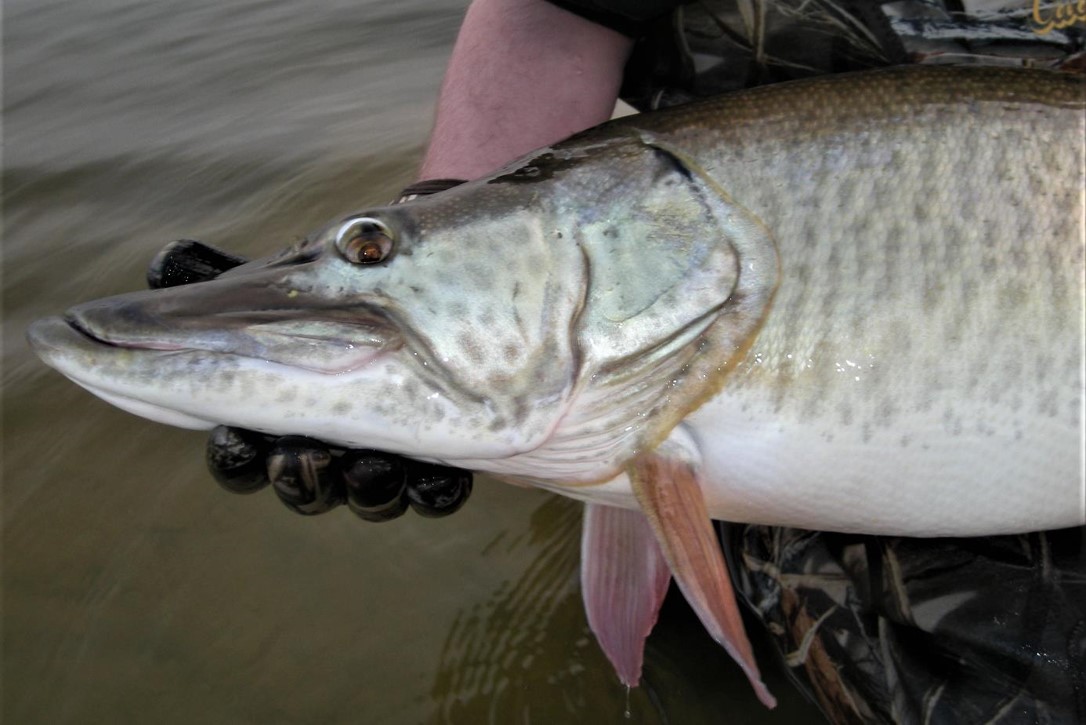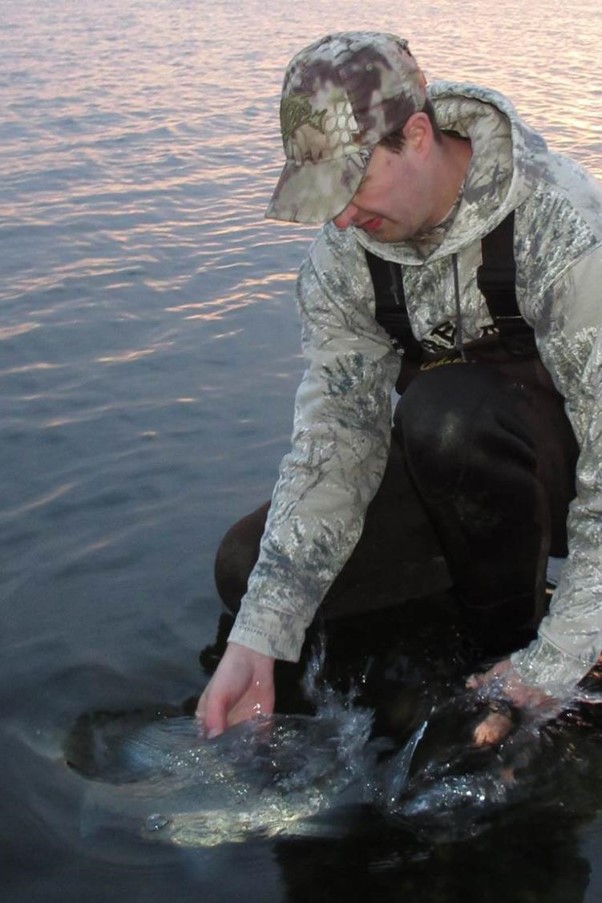
By Daryl Bauer, Fisheries Outreach Program Manager
What is fishing worth to you?
What is the value of a fish?
Determining the value of a fish is difficult. Some anglers see fish and fishing as an integral part of life and might consider a fish priceless. Others might set its value based on the price per pound. Some might even argue that a price tag cannot be placed on any living creature.
From a purely economic standpoint, value is determined by what a buyer is willing to pay. From that point of view, some species of fish are quite valuable. Surveys show that Nebraska anglers spend as much as $80 per fishing trip.
Nebraska game laws place a value on fish so that damages can be assessed when fishing regulations are violated. According to Nebraska law, the worth of a fish depends on the species and size. A paddlefish is worth $750. Any Master Angler fish larger than twelve inches is worth $200. On the other hand, a non-Master Angler gamefish larger than twelve inches is worth $50. A gamefish less than twelve inches is worth only $25. Nongame fish are worth nothing at all.
The American Fisheries Society, a professional society of fisheries workers, has developed a manual for biologists who investigate fish kills and assess damages. The AFS manual bases values on the costs of raising a fish to the same size to replace one that was killed.
The value, based on the species of fish, varies for different regions, and increases over time due to inflation. According to the most recent AFS replacement values in 2017, in Nebraska, a six-inch largemouth bass would be worth $1.59. A five-pound common carp would be worth $27.90, a fathead minnow, 7 cents. A two-pound channel catfish was valued at $7.42, a 10-inch rainbow trout at $2.54, and an eight-inch bluegill, $3.54. A 10-inch crappie would cost $6.00, and a 15-inch walleye was valued at $15.00.
Since the AFS values are based on the cost of raising fish, those easier to raise in captivity have the lowest value, no matter what value is given to them by anglers.
In those terms, large game fish are very valuable. An eight-pound walleye would be worth $98.56, and a one-pound bluegill $5.38. A 20-pound muskie, a trophy for most anglers, would cost over $1,000.00 to replace, and a 95-pound blue catfish would cost over $350.00. However, replacement costs underestimate the value of trophy fish. What value can be placed on a once-in-a-lifetime catch?
Another way to think about it would be to consider that a 12-inch wiper would be worth $7.16, but if released back into the water to reach its potential of five pounds or more, the same wiper would be worth in excess of $40.

Those are just numbers, but they can be used to illustrate several points. For example, the $38 cost for a resident, annual fishing permit covers the cost of only a few fish. When an angler harvests 15, eight-inch bluegills, for example, the replacement cost would be $53.10.
Stocking fish comes with a price tag. Fish such as hybrid striped bass, wipers, which must be produced in a hatchery, are especially expensive. An eight-pound Master Angler wiper is worth at least $65 according to the AFS numbers.
Maintaining a population by natural reproduction, if possible, is much less expensive than maintaining a population by stocking. The replacement value of a one-inch walleye is 17 cents. At a stocking rate of 50 fingerlings per acre, it would cost $25,500 to stock a 3,000-acre reservoir. When viewed in those terms, expensive habitat projects that improve water quality and spawning habitats so populations can maintain themselves can be more cost-efficient in the long run.
Anglers should appreciate the costs of conserving and enhancing our aquatic resources and producing quality recreational fishing. By the way, that is not accomplished for free. Hunters, anglers and trappers have been and continue to be the original conservationists by paying for the conservation of our fish & wildlife resources. In Nebraska, fishing permit dollars and excise taxes paid on the sale of fishing and boating equipment entirely fund the conservation of our fisheries resources.
What is the value of a fish in the frying pan compared to the value of that fish still swimming in a waterbody? Someone once said that fishing is the most expensive way to catch a free meal. Truly, if consuming fish is the goal, then a trip to the local supermarket would be economically much wiser.
However, hardly any of us fish solely for that reason. Sure, we enjoy a meal of fresh fish now and then, but fishing is much more than that. It is much more valuable than obtaining consumable protein. Each fish an angler catches is a marvelous creature with a value that cannot be measured solely in dollars and cents.
Fishing is worth any amount of effort and any amount of expense to people who love it, because in the end you get such a large number of dreams per fish. –Ian Frazier, The Fish’s Eye
